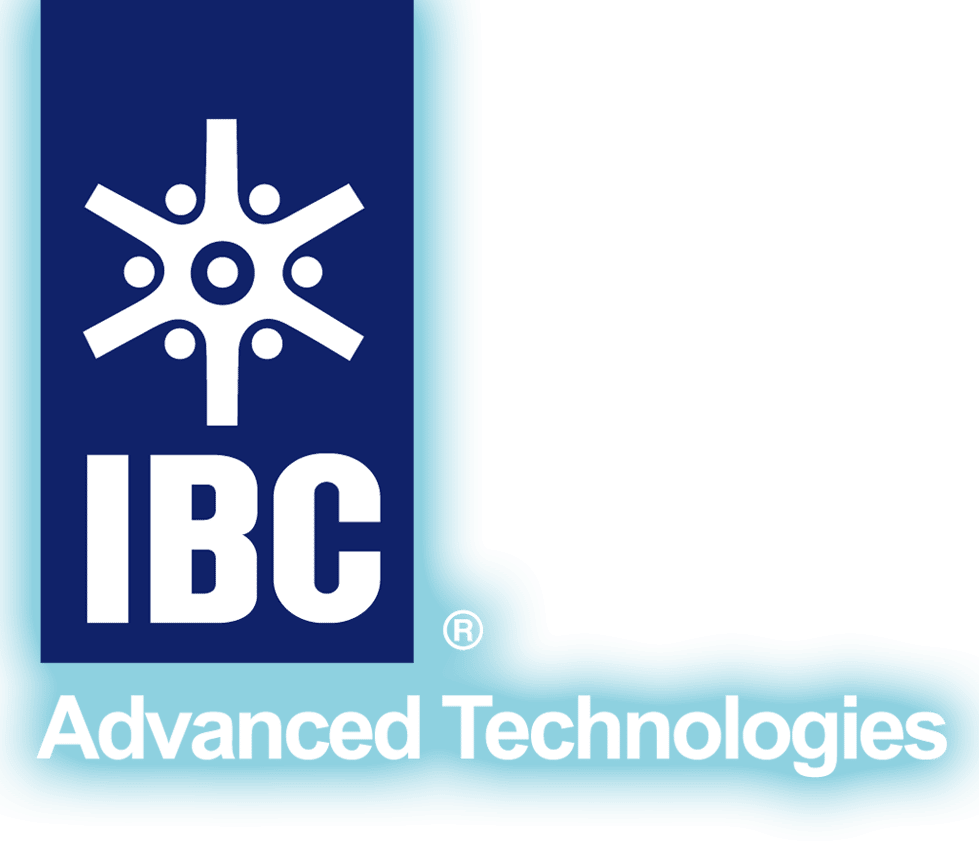Recovery of species from acid mine drainage streams: copper, zinc, molybdenum, sulfate ion
Archives: Publications
The Application of Molecular Recognition Technology (MRT) in the Treatment of Aqueous Streams for Effluent Control, and in Efficient Use of Process Water Supplies
– Ion removal from neutral and near neutral pH aqueous effluent streams – Examples discussed: As, B, Mn, Cu, Cd, sulfate ion
The Application of Molecular Recognition Technology (MRT) in the Nuclear Power Cycle: From Uranium Mining and Refining to Power Plant Waste Separation and Recovery, as well as Element Analysis and Isotope Purification
– Acid mine drainage system: large variety of cations and anions – Economic advantages of MRT™ systems
Update on the Application of MRT to Separations in the Copper and Cobalt Industries
– Highly selective separation and recovery at high purity of copper and zinc from an acid mine drainage stream – Highly selective separation and recovery at high purity of heavy metals from Berkeley Pit acid mine drainage Superfund site – Flowsheet for the highly selective separation and recovery of copper, molybdenum, and sulfate ion from...
Molecular Recognition Processes Applicable to the Recovery of Specialty and Toxic Metals in Processing of Base Metal Ores
– Strengths of MRT™ systems compared to traditional procedures in metal beneficiation processes include significant improvement in process conditions, short processing time, high selectivity for target species, application to a wide range of metals, significant operating advantages, and an environmentally and ecologically friendly process – Highly selective lead separation and recovery from concentrated electroless nickel...
Challenges to Achievement of Metal Sustainability in Our High-Tech Society
– Ground, air, and water metal contamination with challenges this presents – Formal and informal metal recycling with challenges and possible solutions
Recovering Metals from Electronic Waste
See paper title

